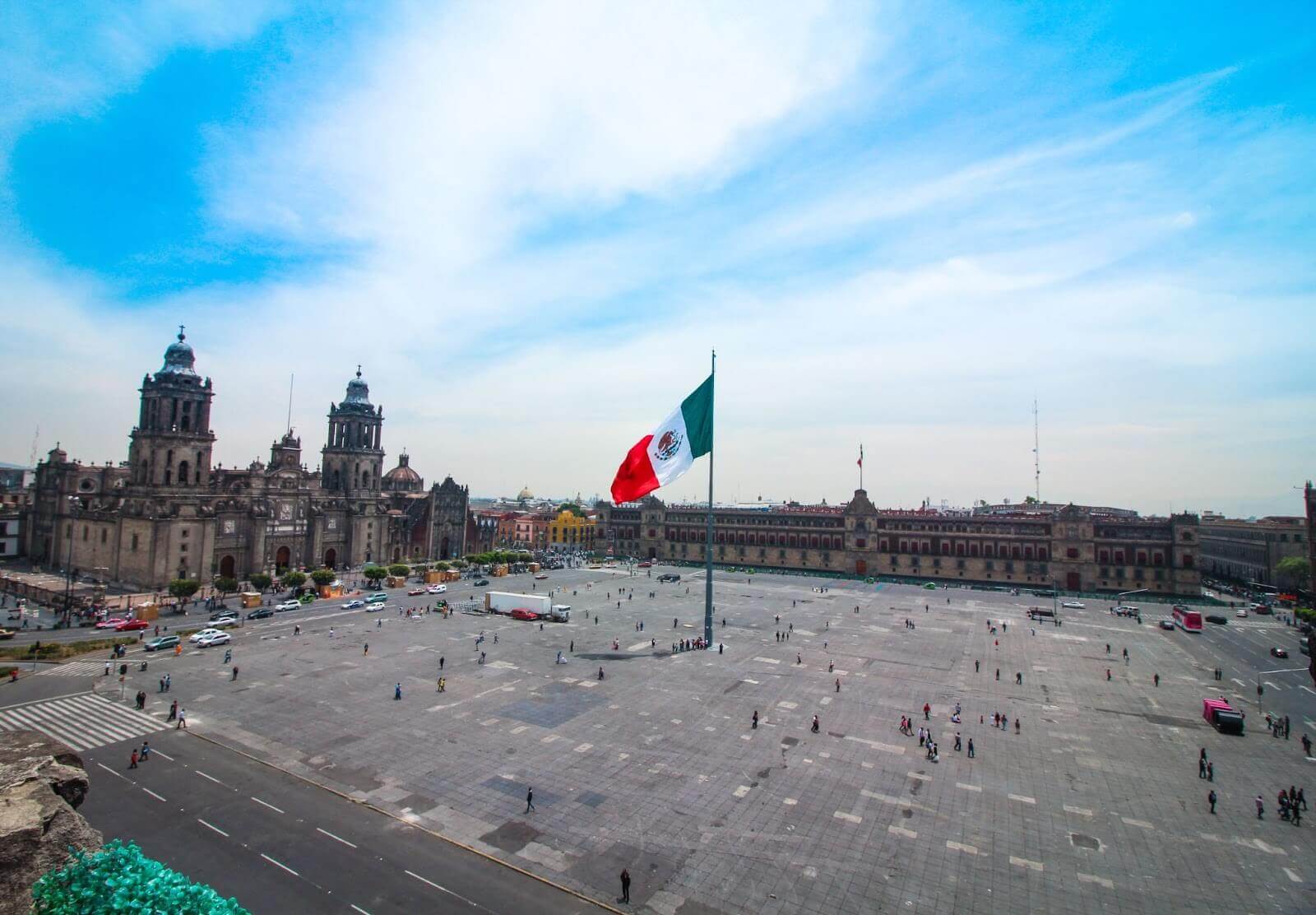Mexico is an open, stable and competitive economy that offers exciting opportunities for investors. The special relationship between the United States, Canada and Mexico under the North American Free Trade Agreement (NAFTA), as well as its strategic geographic location, make Mexico an attractive country for investment in many areas, particularly in the services and manufacturing sectors.

Mexico’s benefits from an investment standpoint
- Mexico is the eleventh largest economy in the world;
- In terms of logistics, Mexico’s proximity to the United States in the north and South America in the south is an undeniable advantage;
Exceptionally talented, bilingual, highly skilled, young and economically accessible workforce; - It has 44 free trade agreements;
- Large investments in manufacturing in the last 10 years, showing rapid growth in the automotive, aerospace, electronics, home appliances, metalworking, food industries as well as tourism.
- Affordable infrastructure costs (utilities such as electricity, water, transportation generally do not exceed 10% vs. the cost in the U.S.).
- The country is undergoing improvements in tax and labor reforms, as well as reforms in the energy sector.
- Mexico, with a population of more than 123 million, is the second-largest economy in Latin America after Brazil and the third-largest on the continent. Mexico is one of the four most important trading partners of the United States, along with Canada, China, and Japan.
Foreign direct investment in Mexico
The country is increasingly taking a leading position in the global manufacturing market. A large number of Fortune 500 and other international companies have set up shop in Mexico to reduce manufacturing costs while meeting U.S. quality and efficiency standards.
In 2020, foreign direct investment inflows to Mexico amounted to $29.9 billion USD, most of it concentrated in the states located in the northern part of the country, where many of the manufacturing plants are located.
The largest flows of foreign investment into Mexico are from the United States and Spain (especially in the banking sector). The sectors of the economy that concentrate most of the foreign investment are finance, automotive, electronics, energy, construction, and tourism.
Infrastructure
Mexico has more than 128,000 km of highways, 76 airports and a large number of ports. Road transport of goods from Mexico’s manufacturing regions to any part of the United States can be accomplished within 24 hours.
Export
About 81% of the country’s exports (and 30% of its GDP) are manufactured products. Today, Mexico is a competitive global manufacturer of high-quality products and has trade agreements with more than 44 countries.
Competitive workforce
Mexico has a very favorable manufacturing environment for foreign companies. The country has a large skilled labor force: approximately 60% of the population is under 35 years old and only 6.5% of the population is over 65 years old, a very favorable demographic structure. In terms of education, Mexican universities graduate more than 111,000 engineering students annually. Also, the population enjoys a good level of health, life expectancy is close to 77 years.
In terms of costs, Mexico is highly competitive compared to investment alternatives in America, Europe and Asia. In recent years, there has been increasing talk of Mexico’s advantage over China: the labor force in Mexico is now on average 19.6% lower than in China, which increases the country’s competitiveness.
Strategic location as a key competitive factor
Mexico shares a 2,000-mile border with the world’s largest economy, the United States. In 1993, Mexico signed the North American Free Trade Agreement (NAFTA): since then, its exports have increased fivefold and imports have more than tripled. Foreign investment inflows have also increased significantly. Mexico has close trade links with the United States. Shipping goods from Mexico (Puerto Manzanillo) to, say, Los Angeles by sea takes only 4 days: much less than from Brazil (23 days), India (31 days) or China (18 days), which significantly reduces transportation costs. Approximately 13,500 cargo trucks cross the U.S.-Mexico border every day.
Main areas of the economy for investors
- During the last 10 years, most of the foreign investment has been in the automotive industry.
- Today, Mexico is the fifth largest exporter and sixth largest manufacturer of passenger cars in the world.
- 84 of the top 100 auto parts manufacturers have manufacturing facilities in Mexico: 26% from the U.S., 31% from Japan and 23% from Germany.
- Multi-billion dollar investments in the automotive industry have come to Mexico from companies such as General Motors, Ford, Honda, Mazda, Nissan, Chrysler/Fiat, Audi, VW, BMW.
- The aerospace industry is another popular sector for foreign investment. Mexico has become one of the world leaders in the aerospace industry, with an average annual growth rate of around 20% in the last 10 years. It currently employs 271 companies and more than 40,000 highly qualified workers.
- Mexico’s automotive and aerospace industries together account for 30% of the country’s output and more than 1.5 million jobs.
- In recent years, there has been an influx of foreign real estate investment in Mexico’s developing tourist regions.
There are many reasons to invest in Mexico and when compared to other countries, the advantages increase. If you are looking to start an investment project in manufacturing or logistics in VYNMSA we can help you, we are leaders in industrial real estate and we have more than 36 industrial locations in Mexico, we have 20 industrial warehouses ready for immediate operation in the northeast and lowlands of Mexico. In VYNMSA we want to be your partner in industrial real estate, contact us!